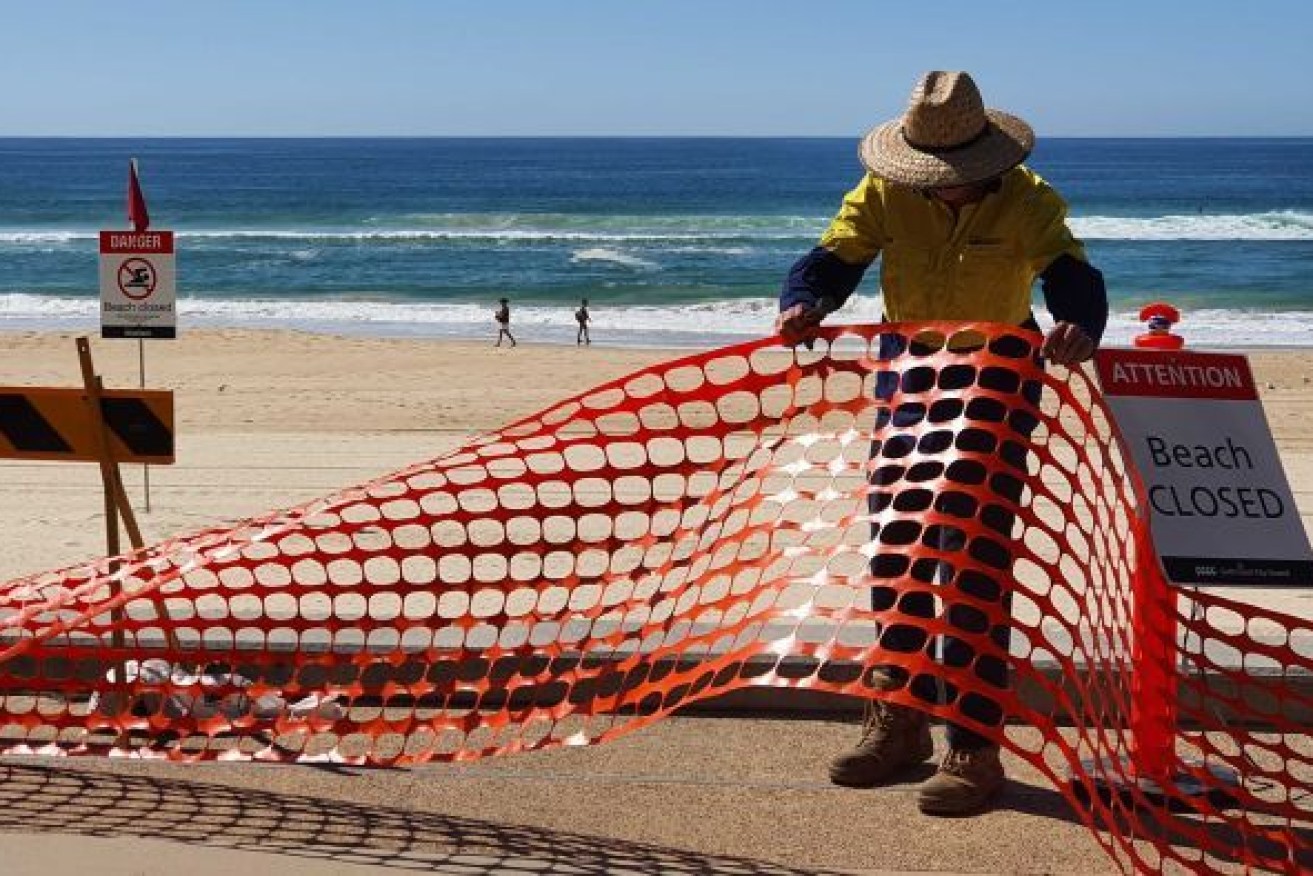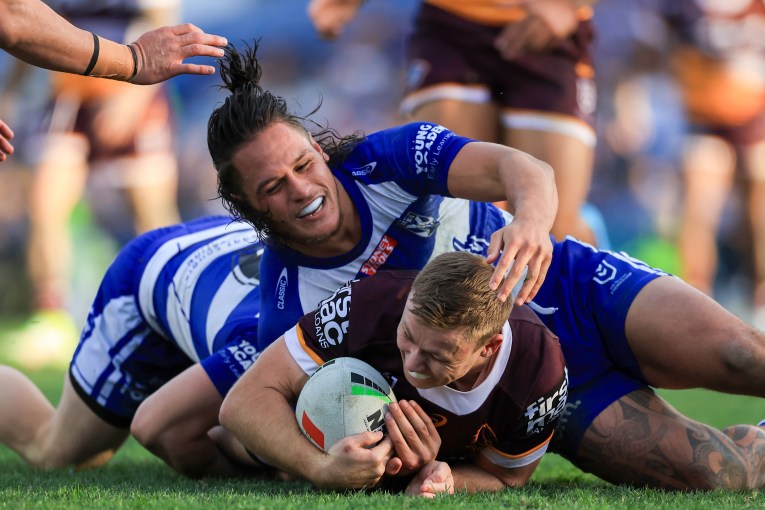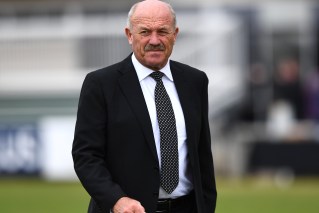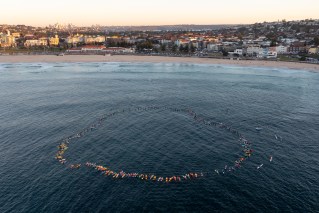Fortress Queensland: Why our borders remain closed despite tourism pleas
The Premier has acknowledged the ongoing impact on business, particularly the tourism sector, but makes no apologies for wanting to protect Queenslanders from COVID-19.

A council worker removes barriers installed at Surfers Paradise on the Gold Coast. However the State's border restrictions remain in place, despite industry pleas. Photo: ABC
Palaszczuk has come under pressure from her NSW counterpart, Gladys Berejiklian, tourism stakeholders, the Queensland Opposition and media commentators for continuing to block non-essential interstate travel.
The restrictions on the NSW-Queensland border – which NSW wants lifted on June 1, and others at least before the July holidays – have been controversial since they were announced by Palaszczuk via Twitter in March.
But Palaszczuk today insisted the restrictions had stopped contagious travellers bringing the virus north, and were not inconsistent with some other states’ border rules and the national COVID-19 roadmap.
Palaszczuk expressed confidence Queensland’s tourism industry would “survive” and said, once the restrictions were lifted, she would personally travel to NSW to encourage people to visit the Sunshine State.
Having earlier speculated that the Queensland restrictions may not be lifted until September, Palaszczuk reiterated that the border policy was reviewed at the end of every month, subject to the latest health advice.
The Premier noted that even with another COVID-19 case confirmed in Queensland overnight, the state only had 12 active cases compared to 100 in Victoria and 300 in NSW. Her cautious approach was reflected not only at the border but in the fact Queensland still has a 10 customer limit on cafes and restaurants.
“I will always put Queenslanders first, that’s my job,” Palaszczuk said.
Chief Health Officer Jeannette Young said the border restrictions had been successful and remained necessary due to the number of cases interstate. She said any changes would need to be considered “very, very carefully” and the timing could not be predicted.
“I would love to give everyone certainty – I’d love to have it myself – but we can’t, this is a day by day development,” Young said.
Young reiterated the earliest Queensland could theoretically open the borders was July, but that was dependent on various factors and September was “far, far more realistic“.
“Having said that, I can’t even commit that September will be possible, it depends what happens between now and then,” Young said.
Palaszczuk later told parliament that she worried about a “second wave” of infection hitting Queensland and had sought to mitigate the ongoing impact of border restrictions through the economic stimulus package announced on Tuesday.
The government will spend another $50 million to encourage Queenslanders to holiday at home when and where possible, and further support struggling theme parks and animal parks.
Tourism operators in far north Queensland have been among the hardest hit by the reduction in overseas tourists and the domestic restrictions on road and air travel.
Queensland Tourism Industry Council chief executive Daniel Gschwind said Cairns and Port Douglas were in a “sorry state”.
“Every operator in north Queensland would tell you the same story: they’re hanging on desperately to rescuing some of the winter season for this year,” Gschwind told the ABC.
“We can only hold our breath so long under water, but at some point you have to come up for air.”
While the far north has had relatively few cases, Young has made clear that could potentially change overnight. She made reference to the case of a Rockhampton nurse who worked while contagious.
On the Gold Coast, which had the first Queensland cases, mayor Tom Tate is backing the border restrictions being based on health advice. Federal Health Minister Greg Hunt today said it remained a matter for the states.
A record 4,886 COVID-19 tests were done in Queensland on Tuesday, but Health Minister Steven Miles wants more people with respiratory symptoms to come forward and lift the daily figure above 5,000. Queensland has the capacity to test more than 10,000 people every day and get ahead of any potential outbreaks.
In question time, Opposition leader Deb Frecklington accused Palaszczuk of contradicting the state’s COVID-19 roadmap, to the detriment of the economy, and leading a government beset by integrity issues. At one point, Frecklington remarked to LNP colleagues that “we have her on the hop”.
Miles, who is now also deputy premier, told parliament that more people would have died had the LNP remained in power, reflecting on the cuts to services and staff under the former Newman government.












